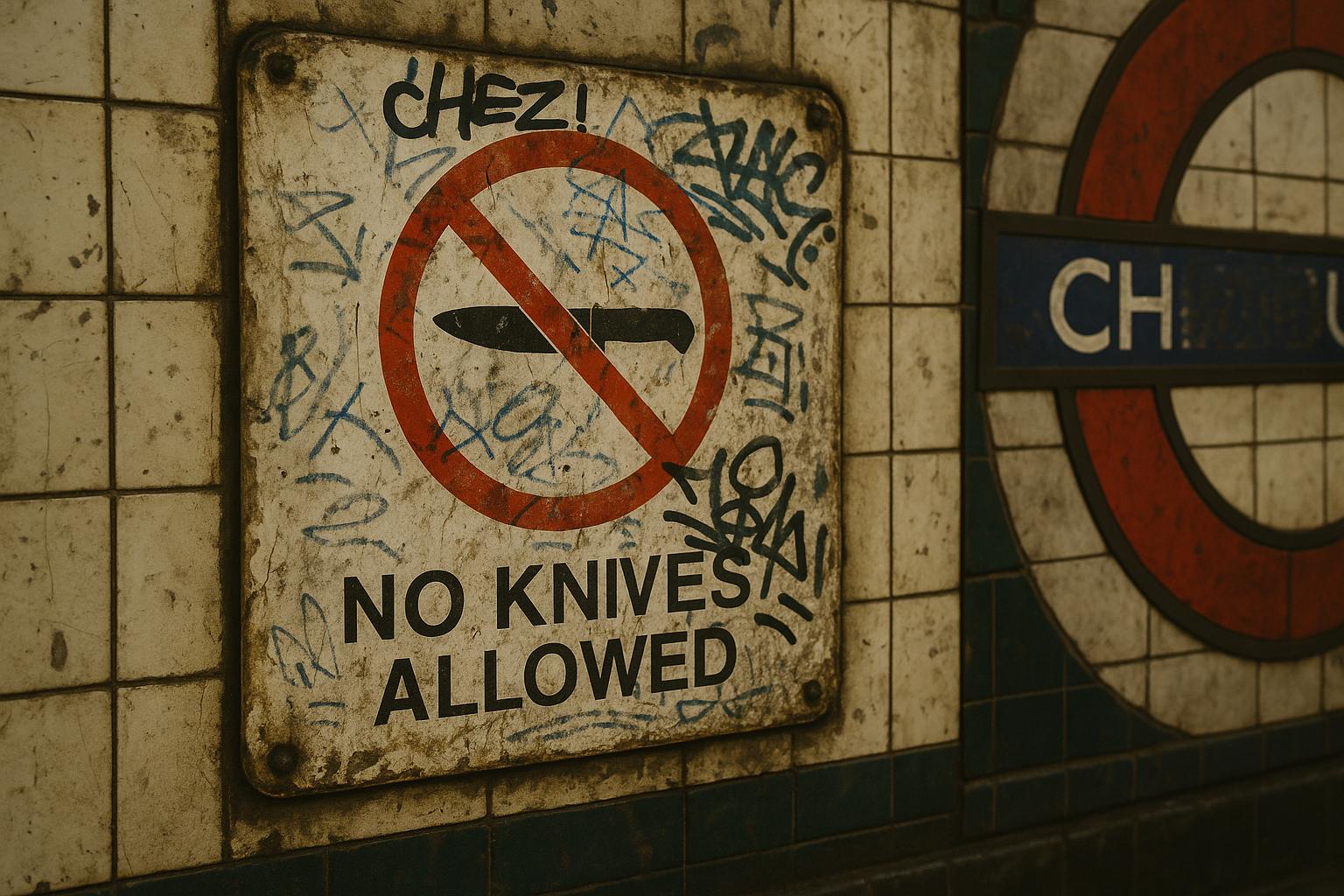Violent crime in London has seen a substantial decline, with recent figures showing a 13% reduction, which translates to nearly 10,000 fewer violent offences annually. This positive trend includes a notable drop in homicides, with 30 fewer cases reported, and significant decreases in incidents of gun crime, residential burglary, and business burglaries. According to official statements, these improvements are largely attributed to the dedicated efforts of the Metropolitan Police and London’s Violence Reduction Unit, which have collectively contributed to residents being significantly less likely to fall victim to assault or other violent crimes compared to the rest of England and Wales.
The Mayor of London, Sadiq Khan, has highlighted the importance of continuing to tackle violence across the capital, noting early summer figures that indicate a 17% decrease in homicides alongside a 13% reduction in violence with injury and a 27% fall in burglary rates. To maintain this momentum, the Mayor has committed to launching initiatives such as a new £6 million programme aimed at providing holiday activities and opportunities to young people most at risk of exploitation and violence.
These encouraging statistics align with data stretching back several years, which reveal long-term progress in tackling serious violence. For example, over the period from 2016 to early 2024, there has been a 3% reduction in homicides, a 19% decrease in knife crime with injury among those under 25, and an 18% decline in burglary. Gun crime has also notably fallen by 19%. These trends demonstrate a sustained effort by the city’s authorities to curtail violence and protect vulnerable groups. Public safety reports show London’s violent crime rate, at around 28.4 offences per 1,000 population, remains lower than the rest of England and Wales, where it stands closer to 33-35.4 per 1,000.
Certain boroughs have experienced particularly dramatic improvements. In the North Borough Command Unit, which includes areas such as Haringey and Enfield, homicides have dropped by 58.3%, with Haringey itself seeing a 42.9% reduction. This success follows the implementation of targeted operations like Operation Denali, launched in 2022, which focuses on six London boroughs with high levels of serious youth violence and has resulted in nearly 2,000 arrests and the recovery of over 450 weapons.
While these figures mark undeniable progress, the Mayor’s office highlights the ongoing challenges posed by broader social issues, including the cost-of-living crisis, which has been linked to crime rates in London. The Mayor continues to call for urgent government action to tackle these root causes and sustain the downward trend in violence, emphasising that further investment in policing and prevention services remains crucial.
Overall, the combination of intensified policing, community engagement, and focused preventative programmes appears to be having a measurable impact in reducing violence and making London a safer city, although officials remain vigilant about emerging threats and socio-economic pressures that could influence future crime patterns.
📌 Reference Map:
- Paragraph 1 – [1], [2]
- Paragraph 2 – [4], [2]
- Paragraph 3 – [3], [5], [1]
- Paragraph 4 – [6], [2]
- Paragraph 5 – [3], [7], [1]
Source: Noah Wire Services
